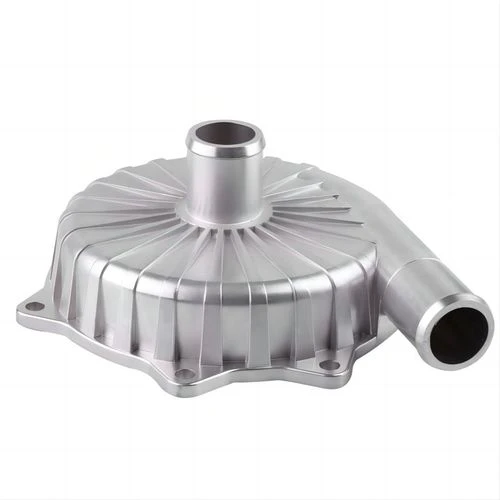Exploring Innovations in Stamping Technology for Enhanced Manufacturing Efficiency
The Importance and Process of Stamping Parts in Manufacturing
In the world of manufacturing, stamping parts play a crucial role in producing a wide variety of products. From automobiles to household appliances, stamping is an essential process that shapes metal components through the application of force. This article delves into the importance of stamping parts, the various techniques involved, and their impact on modern manufacturing.
What is Stamping?
Stamping is a metal forming process that involves the use of a machine press to shape and cut metal sheets into desired forms. The process starts with a flat piece of metal, often referred to as a blank, which is placed onto a die. The die, which is a specialized tool designed for a specific shape or cut, is then pressed against the metal blank. This force causes the metal to deform and take on the shape of the die. Stamping can produce a wide range of shapes and sizes, making it ideal for creating everything from small brackets to large automotive panels.
Types of Stamping Processes
There are several types of stamping processes, each suited for different applications
. The most common include1. Blanking This is the process of cutting out a desired shape from a metal sheet. The resulting piece, known as a blank, can be further processed or used directly in assembly.
2. Forming This involves bending and shaping metal sheets without cutting. Forming processes include bending, rolling, and deep drawing, which can create complex shapes.
3. Piercing Similar to blanking, piercing creates holes in the metal sheet. This is often used when a part requires additional features or access points.
4. Coining In this process, a raised design is stamped into the metal, often used for decorative purposes or to add identifying marks to parts.
stamping part

Each of these processes can be fine-tuned based on the materials used and the required specifications of the finished product.
Advantages of Stamping Parts
The stamping process offers several advantages over other manufacturing methods. Firstly, it is exceptionally efficient, allowing for mass production of parts with high precision and minimal waste. With advancements in technology, modern stamping machines can produce thousands of parts per hour, significantly reducing production time.
Secondly, stamping allows for high consistency in the parts produced. Once a die is created, every piece stamped from that die will be nearly identical, which is crucial for industries like automotive manufacturing where tolerances are tight.
Lastly, the versatility of stamping means it can be applied to various materials, including steel, aluminum, brass, and more. This flexibility enables manufacturers to select the best material for their specific application, balancing factors like weight, strength, and cost.
Challenges in Stamping
Despite its many advantages, stamping is not without challenges. The initial setup costs for creating dies can be high, making it less economical for small production runs. Additionally, the process requires skilled operators and precise machinery, which can present logistical difficulties in training and maintenance.
The choice of materials also impacts the effectiveness of the stamping process. Some metals may require special treatment or preparation to achieve optimal results, which can complicate the production process.
Conclusion
Stamping parts are a cornerstone of modern manufacturing, enabling the production of high-quality components efficiently and consistently. As industries continue to evolve, the demand for stamped parts is expected to grow, spurring innovations in stamping technology and techniques. By understanding the stamping process and its vital role in manufacturing, businesses can better leverage this technique to improve their production capabilities and remain competitive in the global market. Whether for automotive applications, electronics, or consumer goods, stamping will continue to shape the future of manufacturing.
-
OEM Sand Cast Pump Valve Fittings - Baoding Hairun Machinery And Equipment Trading Co., Ltd.NewsJul.31,2025
-
OEM Sand Cast Pump Valve Fittings - Baoding Hairun | Precision Engineering, CustomizableNewsJul.30,2025
-
OEM Sand Cast Pump Valve Fittings - Baoding Hairun Machinery And Equipment Trading Co., Ltd.NewsJul.30,2025
-
OEM Sand Cast Pump Valve Fittings - Baoding Hairun Machinery And Equipment Trading Co., Ltd.NewsJul.30,2025
-
OEM Sand Cast Pump Valve Fittings - Baoding Hairun Machinery|Precision Engineering&Fluid ControlNewsJul.30,2025
-
OEM Sand Cast Pump Valve Fittings - Baoding Hairun Machinery And Equipment Trading Co., Ltd.NewsJul.30,2025















